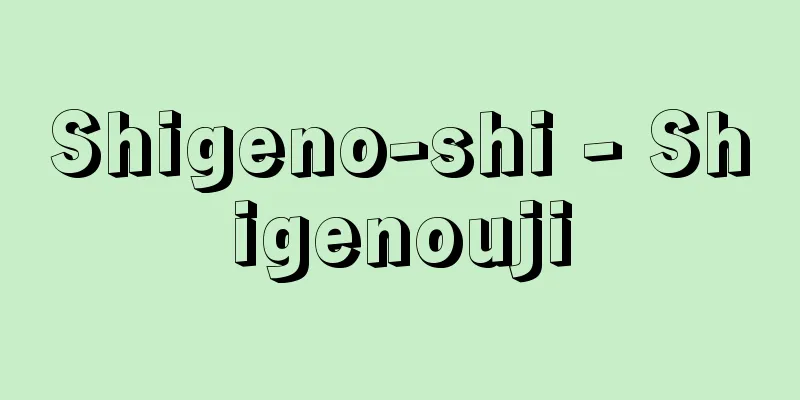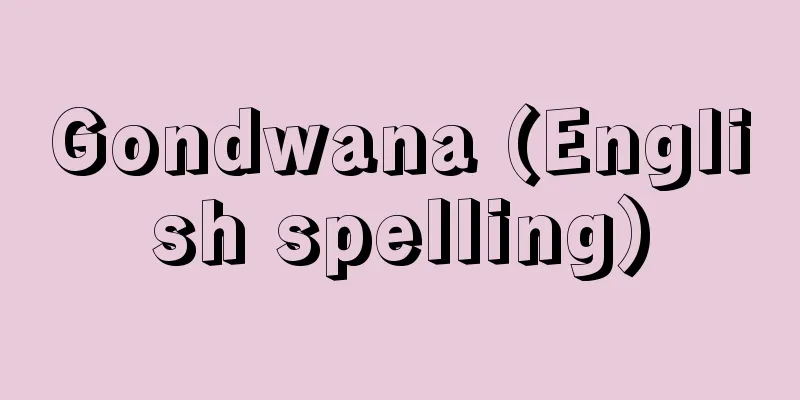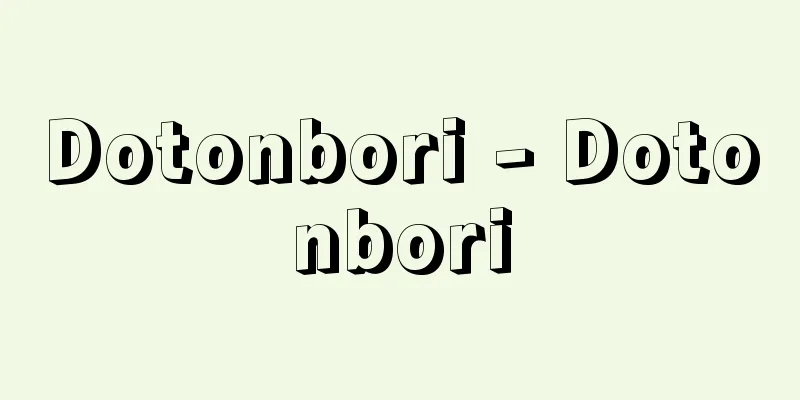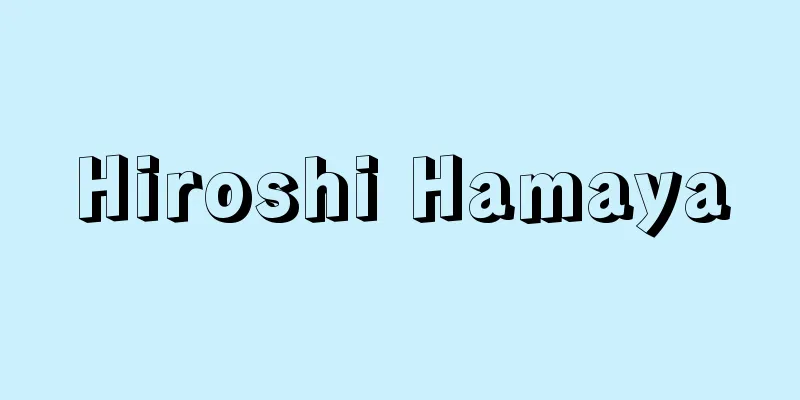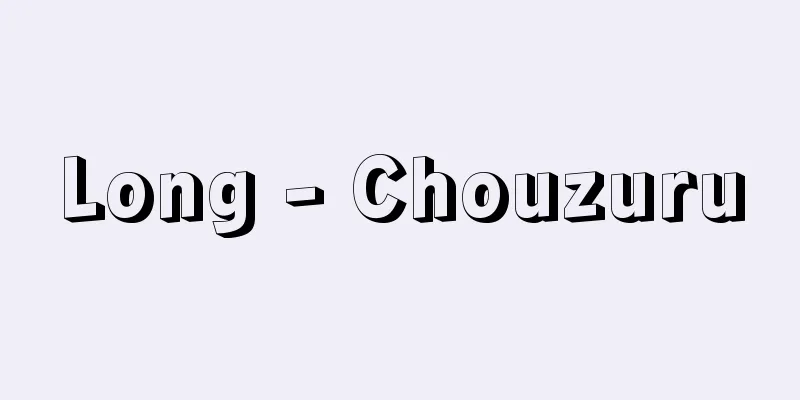Abdominal muscles - Fukukin
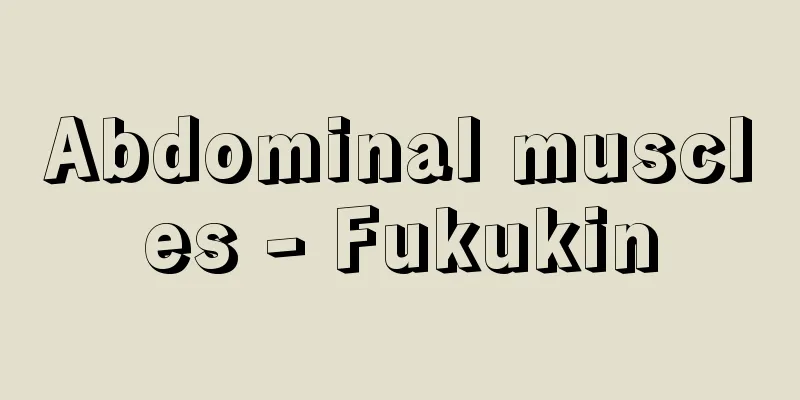
|
A collective term for the group of muscles that make up the abdominal wall, commonly read as "abdominal muscles." In addition to protecting the internal organs of the abdominal cavity, abdominal muscles increase intra-abdominal pressure through muscle contraction and tension, which in turn compresses the abdominal organs and promotes defecation, urination, and childbirth. The abdominal muscles also compress the lower rib cage, which ultimately aids in expiratory movements. Furthermore, the abdominal muscles play a major role in trunk movement and are also flexors of the spine. The abdominal muscles are broadly divided into three groups: anterior abdominal muscles, lateral abdominal muscles, and posterior abdominal muscles. The anterior abdominal muscles include the rectus abdominis and pyramidal muscles. The rectus abdominis is a rectangular, flat muscle that runs vertically along the front of the abdomen, and the left and right rectus abdominis are separated by a white line that runs along the midline of the abdomen. The "navel" is located on this white line. The rectus abdominis originates from the lower end of the sternum and the fifth to seventh costal cartilages, and reaches the pubic symphysis. The rectus abdominis is held together by three or four transverse fibrous bands, called tendon bands. This part can be observed from the surface of the body because it creates a groove in the skin when the rectus abdominis contracts. The rectus abdominis is also surrounded on the front and back by a thick aponeurosis. This is called the rectus abdominis sheath, and is a transition of the aponeurosis of the lateral abdominal muscles. The rectus abdominis is mainly responsible for bending the spine. The pyramidalis muscle is a small triangular muscle in the lower abdominal wall that serves to tone the linea alba. The lateral abdominal muscles consist of three layers, occupying the anterior and lateral part of the abdomen. From the top down, the external oblique, internal oblique, and transverse abdominis muscles are arranged overlapping each other. Tension in these muscles increases abdominal pressure. The lower edge of the aponeurosis of the external oblique is particularly strong, forming the inguinal ligament. The external and internal oblique muscles are also involved in the forward and lateral bending of the spine. In men, part of the internal oblique muscle thins out from around the center of the inguinal ligament, entering the spermatic cord and becoming the cremaster muscle. The posterior abdominal muscles include the psoas major and minor, the iliacus, and the quadratus iliacus. The quadratus iliacus is a roughly rectangular muscle that spans between the 8th to 12th ribs and the upper edge of the ilium, and in addition to pulling the 12th rib toward the pelvis, it is also involved in lateral flexion of the waist. The psoas major and minor and iliacus muscles overlap in front of the quadratus iliacus, and are involved in the movement of the lower limbs. The abdominal muscles make up the abdominal wall, but they do not completely close off the abdominal cavity. For example, the abdominal wall is weak in areas such as the inguinal canal, and abdominal pressure can cause the intestines to protrude through the weak abdominal wall while still covered by the peritoneum. This is what is known as an inguinal hernia. [Kazuyo Shimai] [Reference] |Source: Shogakukan Encyclopedia Nipponica About Encyclopedia Nipponica Information | Legend |
|
腹部の壁をつくっている筋群の総称で、一般には「ふっきん」とも読む。腹筋は腹腔(ふくくう)の内臓を保護するほか、筋の収縮緊張によって腹圧を高め、その結果、腹部内臓は圧迫され、排便、排尿、分娩(ぶんべん)が促進される。また、腹筋の働きによって胸郭下部が圧迫され、結果的には呼気運動が助けられる。さらに腹筋は、躯幹(くかん)運動の主要な役を果たすとともに、脊柱(せきちゅう)に対する屈筋ともなっている。 腹筋は前腹筋、側腹筋、後腹筋の三つに大別される。前腹筋には腹直筋と錐体筋(すいたいきん)がある。腹直筋は腹部前面を縦に走る長方形の板状筋で、左右の腹直筋は腹部の正中線上を走る白線によって隔てられている。この白線上には「へそ」がある。腹直筋は胸骨下端と第5~第7肋軟骨(ろくなんこつ)からおこり、恥骨結合に達する。腹直筋は3、4個の横走する線維の帯でくぎられるが、この線維帯を腱画(けんかく)という。この部分は、腹直筋が収縮したとき、皮膚に溝をつくるため、体表面から観察できる。また、腹直筋は厚い腱膜で前後を包まれている。これを腹直筋鞘(しょう)といい、側腹筋の腱膜の移行したものである。腹直筋は、おもに脊柱の屈曲をつかさどる。錐体筋は腹壁の下部にある三角形の小さい筋で、白線を緊張させる働きをもつ。 側腹筋は3層からなり、腹部の前外側部を占める。上層から外腹斜筋、内腹斜筋、腹横筋が重なり合って配列している。これらの筋の緊張によって腹圧の増強がもたらされる。外腹斜筋の腱膜の下縁部はとくに強靭(きょうじん)となり、鼠径靭帯(そけいじんたい)となっている。外・内腹斜筋は脊柱の前屈や側屈の運動にも関与する。内腹斜筋は、男性の場合には鼠径靭帯の中央部あたりから筋の一部が細くなって精索に入り、精巣挙筋となる。 後腹筋には大・小腰筋、腸骨筋、腸方形筋がある。腸方形筋は第8~第12肋骨と腸骨上縁との間に渡るほぼ四角形の筋で、第12肋骨を骨盤側に引き寄せる作用をもつほか、腰の側屈運動にも関与する。大・小腰筋や腸骨筋は腸方形筋の前側に重なっており、下肢の運動に関与する。 腹筋は腹壁を構成しているが、腹腔を完全に閉ざしているわけではない。たとえば、鼠径管の通る部分などは腹壁の構成が弱くなっているため、腹圧によって腸管が腹膜に覆われたまま弱い腹壁部分から飛び出す場合がある。これが、いわゆる鼠径ヘルニアとよばれるものである。 [嶋井和世] [参照項目] |出典 小学館 日本大百科全書(ニッポニカ)日本大百科全書(ニッポニカ)について 情報 | 凡例 |
Recommend
Taimei [town] - Taimei
A former town in Tamana County in the northwest of...
Soul - Konpaku
〘Noun〙 (Also "konbaku". "Tama"...
Abraham de Moivre
1667‐1754 French mathematician. Initially educated...
margarita
…Pearls were brought from Persia and India by the...
Ichikawa
This river flows south through central Hyogo Pref...
Seed rice - Tanemomi
〘 noun 〙 The rice grains selected and set aside to...
Dau al Set (English)
…He is a representative of Spanish contemporary p...
Argyrodite
...There are approximately 60 known minerals that...
Volcanic front
In island arcs such as the Japanese archipelago an...
Auge, C. (English spelling) AugeC
...On the other hand, the dictionary lacked scien...
black magic
… [Tadahiro Onuma] [Changes in the view of magic]...
Karelians; Karjalaiset
Along with the Finns and Estonians, they are a Fin...
Locksmith Rokubei - Locksmith Rokubei
… It is said that these bills were first used by ...
Eritrea - State of Eritrea (English spelling)
Overview A country in the northeastern part of th...
Mergus serrator (English spelling)
… [Yanagisawa Norio]. … *Some of the terminology ...
